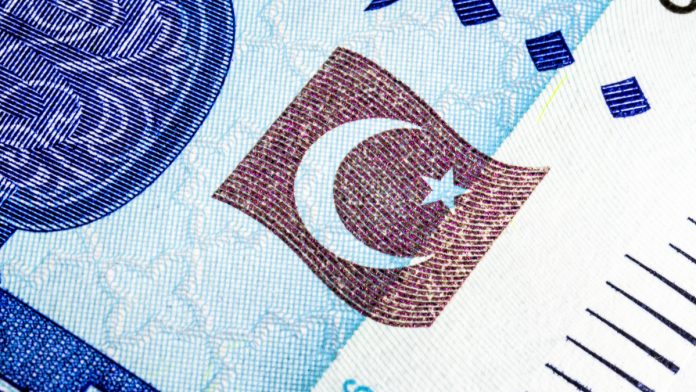- Escalating US – Sino tensions hit risk sentiment and riskier Pakistani Rupee
- Oil jumps another 2% on 6th straight day of gains
- US initial jobless claims expected to be +2.4 million
- At 10:30 UTC, USD/PKR is trading at +0.4% at 161.20 >> Real time exchange rates
The Pakistani Rupee is moving lower versus the US Dollar on Thursday, after trading flat in the previous session. The Pakistani Rupee settled on Wednesday at 160.50, the same level that it had closed at on Tuesday.
At 10:30 UTC, USD/PKR is trading +0.4% higher at 161.20 a level not seen since 14th May. This is at the top end of the daily traded range of 159.70 – 161.20.
The Pakistani Rupee under pressure amid a broad risk off mood in the markets. Rising US -China tensions are weighing on risk sentiment sending investors in search of safe havens whilst pulling out of riskier investments such as the Pakistan Rupee.
President Trump has escalated rhetoric against China, suggesting that China’s leader Xi Jinping is behind the spread of “disinformation”. Up until now President Trump has maintained that he has a good relationship with Xi Jinping. However, his change in tone is unnerving investors.
A rise in the price of oil is also dragging on the Pakistani Rupee. West Texas Intermediate has jumped 2%, in its sixth straight day of gains. As economies across the globe ease lockdown measures, demand for oil is starting to pick up boosting its price. Higher oil prices are a negative for Pakistan’s economy.
The US Dollar is moving higher in risk off trading, as investors seek out its safe haven properties. Attention will now turn towards the US economic calendar and the release of US initial jobless claims.
Analysts are expecting the number of Americans filing for unemployment claims to jump by another 2.4 million in the week ending 15th May. This would be the lowest increase in initial jobless claims since the start of the coronavirus crisis around 2 months ago.
The total number of Americans who have filed for initial jobless claims over the past 2 months is expected to reach 39 million, which equates to around 23.9% of the US workforce.
With the number of initial jobless claims slowing, attention will also swing towards continuing jobless claims. Any signs of hiring increasing as states reopen will be seen in declining continuous jobless claims. This week continuous claims are expected to continue rising.





